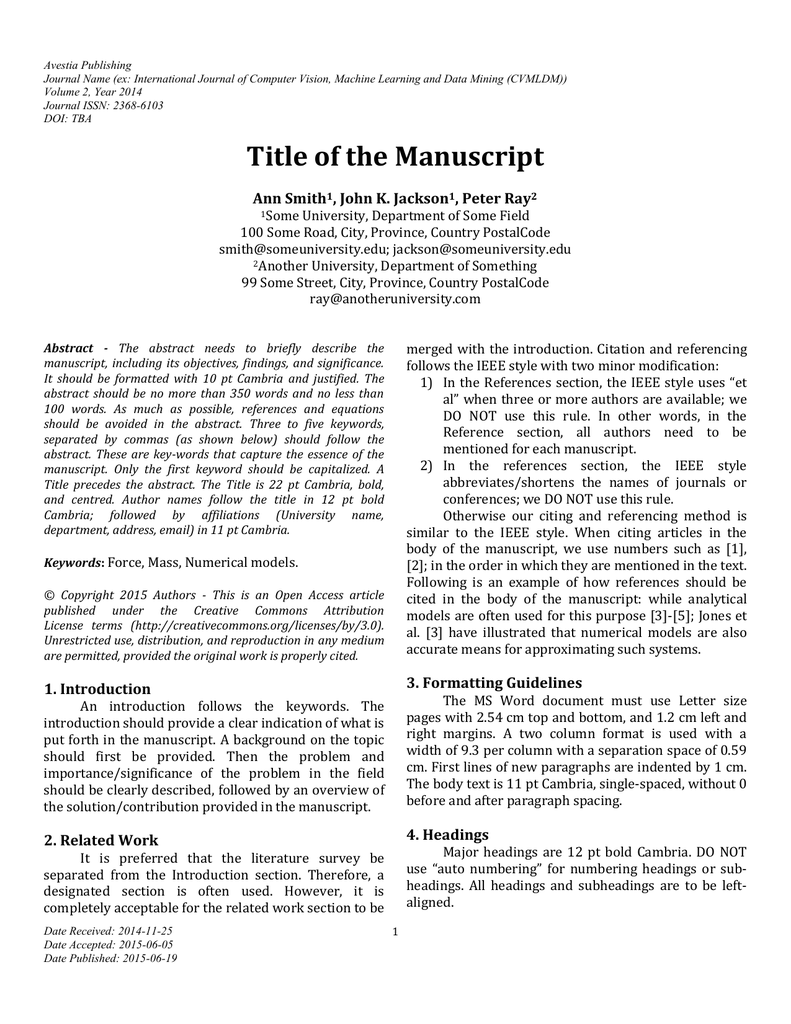

Ireland may justly be proud of the Book of Kells. The work is commonly regarded as the greatest illuminated manuscript of any era. 800 CE) – Created either at Iona Abbey, Scotland, and brought to Kells, Ireland, in 806 CE or made at Kells, this is the most famous illuminated manuscript.

Along with the Book of Kells, the Lindisfarne Gospels is among the best-known and most admired illuminated manuscripts. The priory was sacked by the Vikings in 793 CE – the first recorded Viking raid on Britain – but the book was somehow saved and moved to Durham, away from the coast, for safety. Cuthbert, and dedicated to the Glory of God.

It is an illustrated edition of the gospels of the New Testament made in honor of the priory's most famous member, St. 700-715 CE) – Created at the Lindisfarne Priory on the “Holy Island” off the coast of Northumberland, Britain. It deserves a place among the greatest of these manuscripts for the mastery of its artwork. The work frequently devotes complete pages to these images which are known as “miniatures” in discussing illuminated manuscripts. The biblical narratives are illustrated by striking images brightly colored, although it is not technically “illuminated” since it makes no use of gold or silver ink. It was created in Northumbria, Britain, of 1040 sheets of fine vellum. late 7th to early 8th century CE) – The oldest version of St. The work marks the first appearance of the Evangelists in illuminated manuscripts as well as the earliest known use of gold and silver ink to illumine the gospels.Ĭodex Amiatinus (c. The book was most likely used by missionaries as it is slim and, as de Hamel observes, “could easily slip into a traveller's saddle-pack” (20). The book contains a number of striking illustrations and the carpet pages de Hamel makes note of are often adorned by intricate Celtic knot motifs entwined with animal imagery. Anyone can see that it is a fine manuscript. It includes twelve interlaced initials, five full-page emblematic figures symbolizing the Evangelists, and six carpet pages, an evocative term used to describe those entire sheets of multicolored abstract interlace patterns so characteristic of early Irish art. Gutenberg himself, in fact, never profited from the invention his press was seized for debt shortly after its invention and any profits were made by his patron Johan Fust who perfected Gutenberg's techniques and popularized the printed word. Even though Gutenberg's press made books less costly and more available, it took about 20 years for print books to become a profitable venture. 1440 CE marked the beginning of the end of hand-made, illuminated books, but they remained popular among the wealthy, and some collectors, in fact, disdained printed books and continued to commission hand-made works. The invention of the printing press by Johannes Gutenberg in c.
#Manuscript examples professional#
In time, nuns also began producing the manuscripts in their nunneries and, as literacy grew and books became more popular, professional book-makers became involved in order to meet the growing demand. Only people of substantial means were able to afford to commission them. The most popular type of illuminated manuscript was the Book of Hours, which was comprised of Christian prayers to be said at certain hours throughout the day.


 0 kommentar(er)
0 kommentar(er)
